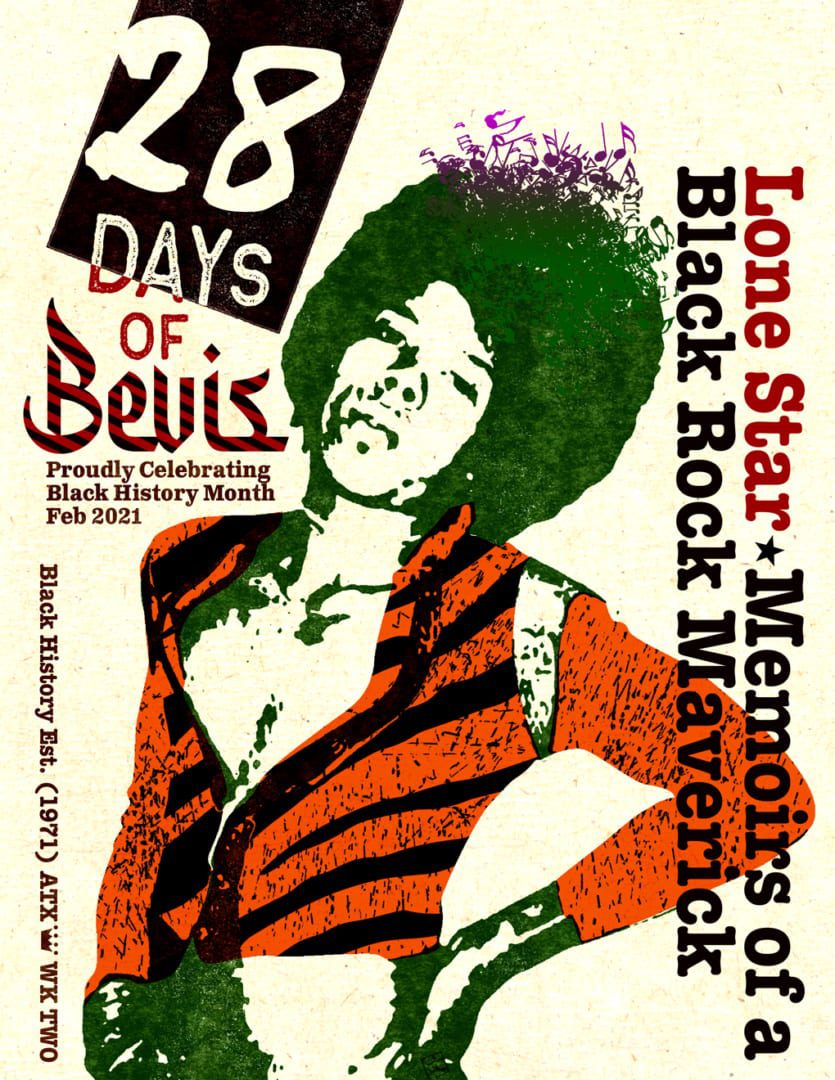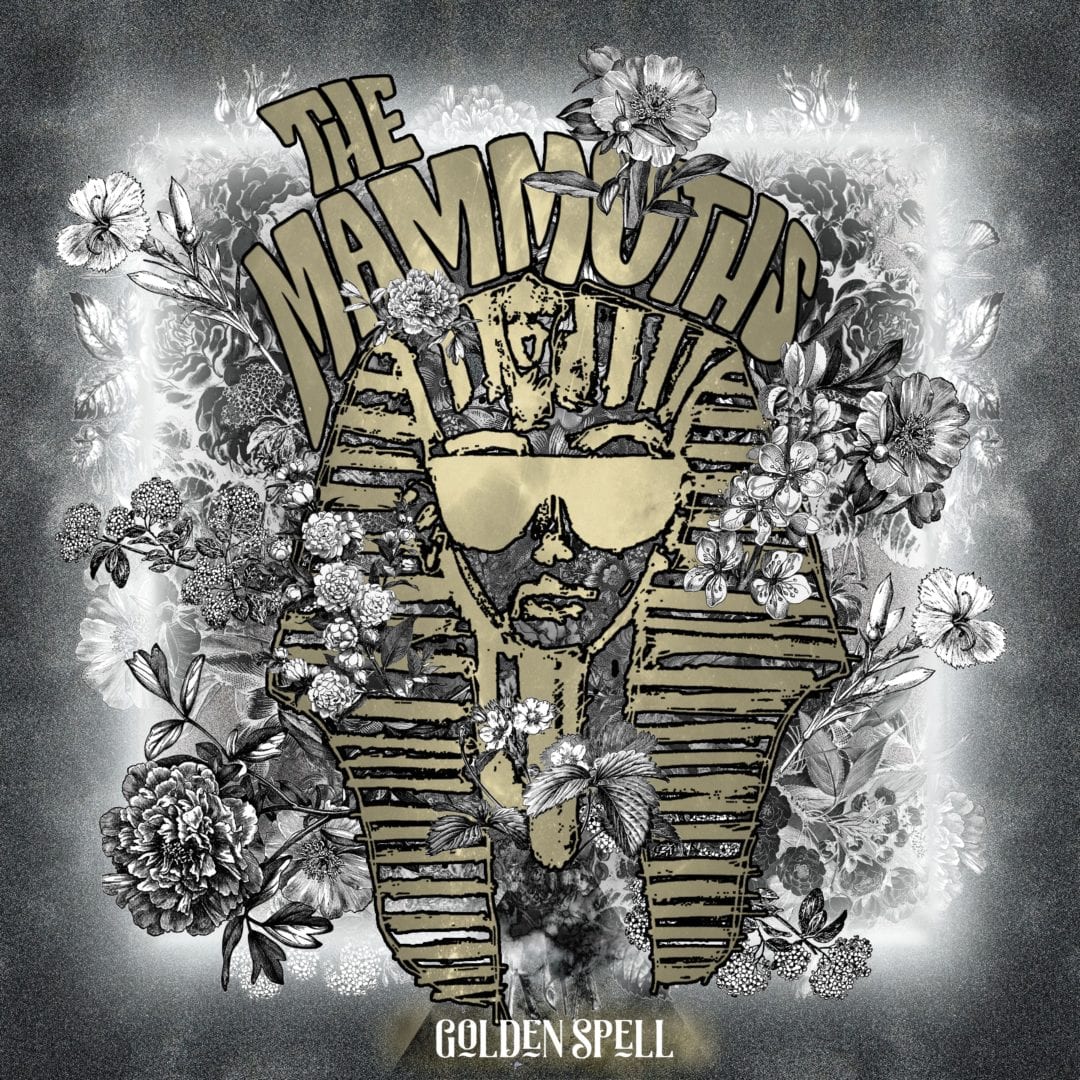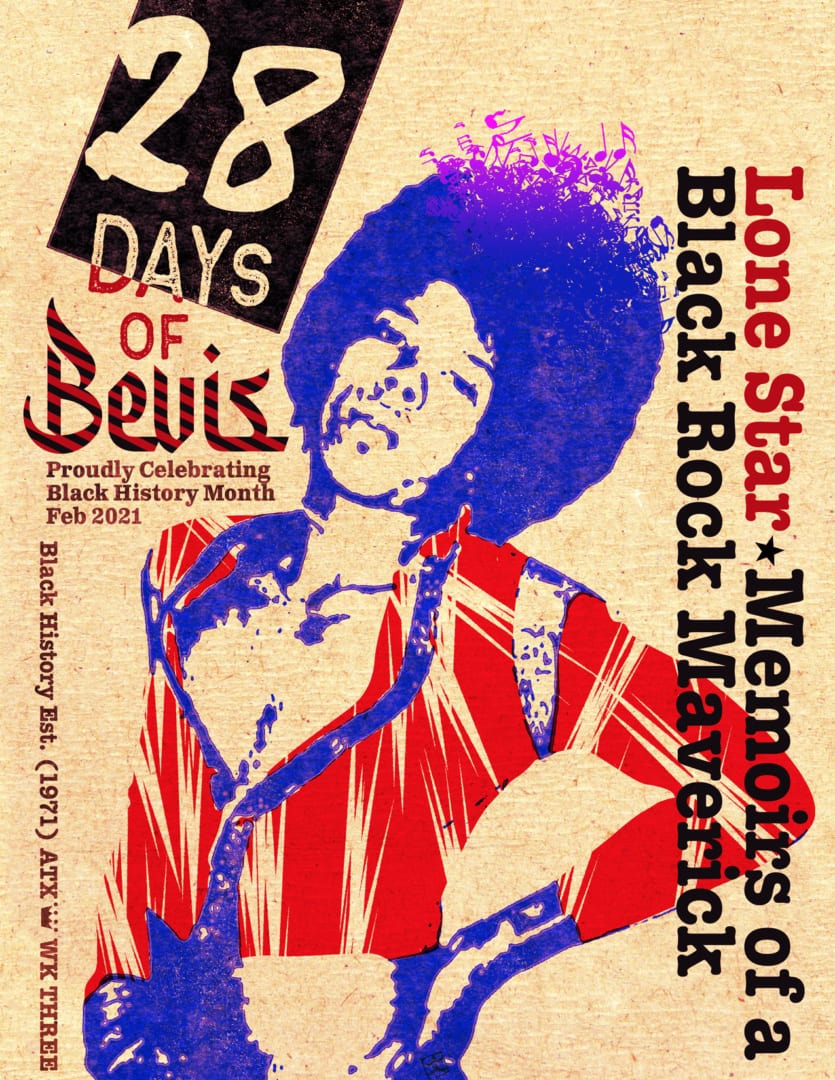28 Days of Bevis Griffin, Day 11: The Skyscrapers “Twin Towers” ’78-’79
Written by Bevis M. Griffin
Starting a band is not much different than staging an impromptu street-level sporting event. First thing you’ll ask is, “who’s got the ball?” In which case the “ball” is equivalent to the songs. Next, you’ll probably need to survey a general “skills assessment”. Which player is best suited for optimal performance in a particular designated position? The better the strategic planning, the better potential for a successful outcome. I’ve always possessed an analytical mind when it came to selecting bandmates, or replacing band members, of curating talent for a new group.
Upon discovering and assessing the astonishing guitar skills of my newfound pal, Chris Bailey, we mutually agreed to set about the business of exploring our respective musical proclivities. As I recall, my good friend and drumming buddy, Tony Villegas, invited us to share rehearsal space he occupied right behind his family’s El Mercado Mexican-food restaurant, because his father, C.J. Villegas, was also a professional Tejano drummer, and a supporter of young talent. Without hesitation, C.K. and I set-up our respective rigs and got right down to the nitty-gritty.
It quickly became apparent that Chris was a prodigious guitarist with an impeccable sense of aural tone and rhythmic versatility. His chameleonic prowess was nothing short of astounding. By 1978, I’d been performing professionally for seven-plus years and my chops were massive. Serendipitously, Chris and I had seemingly cultivated our respective musical ideologies from mutually collateral influences. The thing about me that differs from most drummers is that I play empathically with the guitarist, whereas in most cases the drummer syncs into the bass.
I cannot honestly speak directly to CK’s influences as I suspect his matrix would be immense, so since I have the authority of this essay, I’ll simply give you my best initial first impressions. As a master of blistering power chords, Pete Townsend, Jimmy Page, Angus Young, top the list, but that actually merely scratches the surface of CK’s technical ability. He’s also a technical virtuoso, in the realm of immaculate prog-rockers like Frank Zappa, Alan Holdsworth, Steve Howe, Robert Fripp, and Austin’s home-grown genius, Eric Johnson. PLUS…he’s Mad Funky!
Our initial sessions were conducted as a “Power-Duo” (suck-it, White Stripes!), and the tapes of those first sessions would be of enormous cultural value had they not been lost to fire in ’79. My principal drumming influences were fortunately as broad and musically eclectic as CKB’s. Jabo Starks, Clyde Stubblefield, Al Jackson, Bernard Purdie, Tito Puente, Mongo Santamaria, Charlie Watts, Carmine Appice, Michael Shrive, Corky Laing, Jerry Shirley, Keith Moon, Tiki Fulwood, Tyrone Lampkin, Jerome Brailey, Elvin Jones, Max Roach, Art Blakey, and Tony Williams.
It is well documented that my original impetus in teaching myself to play drums was the pipe-dream of playing with my zenith role-model, Jimi Hendrix. Therefore, it was incumbent upon me to learn and incorporate all of Mitch Mitchell‘s impeccable drum parts into my vernacular. I was also an acolyte of great U.K. drum titans John Bonham (Led Zeppelin) and Dave Holland (Trapeze), both meticulous heavy hitters with distinctive proclivities for advancing funk-metal. My fundamental technique was ostensibly rooted in James Brown‘s funk, Chicago blues, and classic driving rhythms of the greats, Little Richard, Bo Diddley, Jimmy Reed, and Chuck Berry.
After several bombastic sessions of hammering-out our soundscape, the dynamic duo was well prepared to shift gears towards drafting our fellow architects, Jimmy Saurage and Bucky Davies. The stage was set for the emergence of a daring new band that flew in the face of conformity, while effortlessly bridging the gaps between glam, metal, punk. The classic and the unforeseen.
P.S. The Skyscrapers are said to be the first act to perform at The Continental Club circa 1979. The band was also one of the seminal groups to be captured there by a talented young photographer named Scott Newton, whose work now famously adorns ACL Moody Theater.








